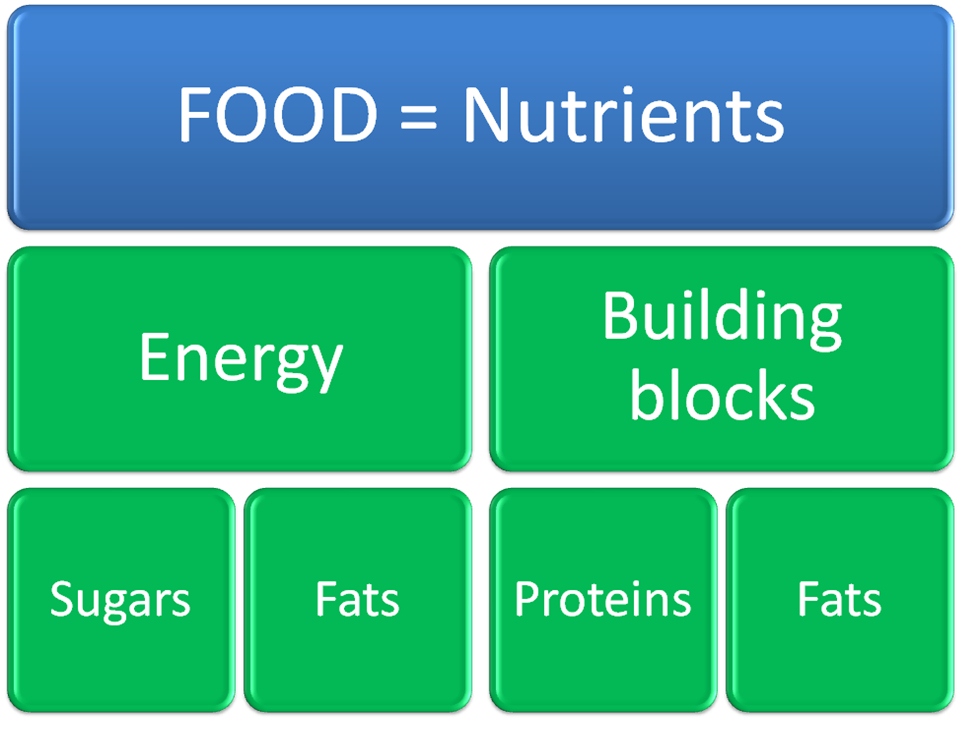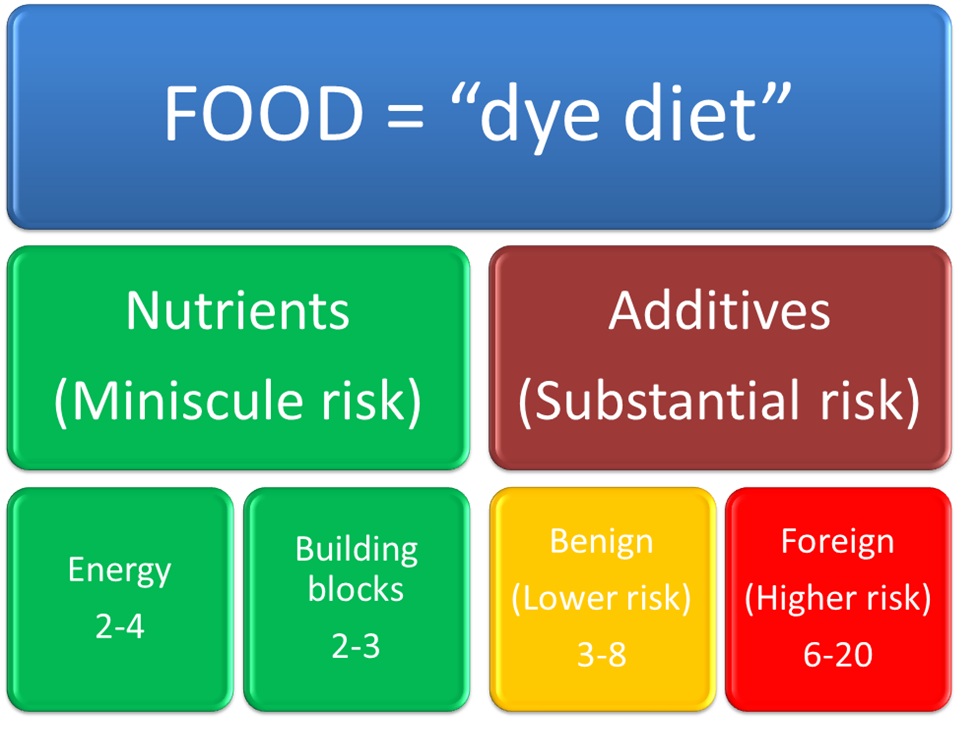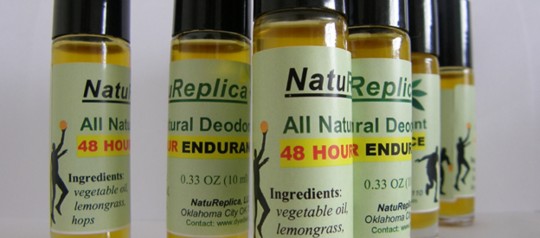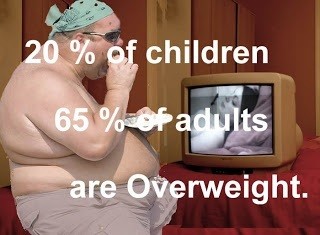Food Risk Assessment
It is important for everyone to know the facts. Knowledge helps us to make the right decisions for ourselves and our families. So we seek the truth about anything that is important to us; that way we are better informed in the decisions we make. When it comes to the food we eat it is hard to overstate the importance of knowing what is in that food. Here are a few of the problems:
- With so many chemical ingredients, in food products, it is difficult to understand what risk one takes with any food or beverage
- The design of many labels is, at the very least, misleading when showing beautiful berries and fruits on the packaging but the products inside contain little or none of the food depicted. That misleads consumers as to the true nutritional value of these products
- Most of us read labels already for things like calories or fat content and those are easy to find. The chemicals in food are not so easy to find as they are usually buried in a long list and tiny print making it difficult for a consumer to know about these ingredients.
The mission of this site is to provide a consumer with information that will help to simplify the following:
- To understand and estimate the DyeDiet Risk Score (DDRS) of any food
- See the true value of any food
- Categorize food in accord with the DDRS and traffic light rating
- Make an informed free choice about any food.
Everyone wants to live a longer and happier life. Everyone knows what basic factors contribute to the quality of our life:
- Good health is one fundamental support for activity, happiness, prosperity and optimism
- In turn, the quality of food is another important contributor that affects a person’s mood, behavior, overall health and longevity.
But do we all understand what food really is? According to Wikipedia, “Food is any substance or materials eaten or drunk to provide nutritional support for the body and/or for pleasure”. I can only agree with the first part of the definition: Food is a nutrient. Here is why:
- Nutrition is a biochemical FUNCTION of food, what food does FOR a person
- As to the idea of food for pleasure, this is a different APPLICATION of food, what food does TO the person.
Any function is determined by our nature whereas any application is whatever we can invent, even for fun. If one decided to have fun taking part in a water drinking contest you might die of water intoxication, it’s even easier with other things like alcoholic beverages of course. Good food should always be seen as a pleasure but the Golden Rule, always, is:
MODERATION!
Also from the Wikipedia definition of food: “It usually consists of plant or animal origin, that contains essential nutrients, such as carbohydrates, fats, proteins, vitamins, or minerals, and is ingested and assimilated by an organism to produce energy, stimulate growth, and maintain life”. Exactly so! Do you see any dyes or other food additives listed? No, because they have NOTHING to do with food by definition. Those chemicals are added to nutrients for commercial purposes to offer us altered food or food surrogates which never lose their freshness and lasts forever.
So food is NUTRIENTS:
- For energy (sugars, starch, fats)
- For building (proteins, fats)
- Vitamins and minerals.
While fibers are indigestible they play a positive cleaning role in the body. Also we need water and oxygen to digest food and maintain our body’s balance.
Risks involved with consumption of natural food are minimal but never equal zero. Habitual overeating of even the healthiest food can carry risks. So, once again the Golden Rule is:
MODERATION!
In the real world we now deal with food surrogates which pose intrinsic risks NOT because of overeating but which are caused by chemical additives even if eaten in moderation on a regular basis. I call this the “dye diet”:
The DyeDiet Risk Score (DDRS) explanation
The DyeDiet Risk Factor (DDRF) assignment is a scale of 1 to 10 based on available information on the potential hazard for every food ingredient. Nothing we eat has DDRF less than 1. DDRF = 1 is assigned to pure (filtered, de-ionized or distilled) water. Lowest DDRF numbers come from essential nutrients:
- WATER: DDRF = 1
- ENERGY: Fats and sugars, DDRF 2 – 4. Of course, excessive fats and sugars can be dangerous but not in moderation
- BUILDING BLOCKS: Proteins and fats, DDRF 2 – 3.
Additives are subdivided into two categories:
- BENIGN, DDRF 3 – 8 which can be of use in the body (citric acid, mono- and diglycerides, etc.) and
- FOREIGN, DDRF 6 – 20 which can be disruptive for human biochemistry (dyes, mineral oil, sucralose, etc.).
Overall DDRS is formed by the addition of the DDRF of each ingredient. Each DDRF is suggested based on chemical structure of an ingredient, information on how it may affect a person’s health and known potential for abuse. Risk Scores are low for the most of the natural foods. The lower the DDRS number the lower risk a person takes by eating corresponding food.
We are on the “dye diet”
Based on how many foods including candies, snacks, cereals, chips, pickles, salmon, etc. and beverages in the US are bright colored and stuffed with other accompanying additives, we are on a heavy dye diet. Even our pets are! Poor kitties and puppies, they don’t even know! As of today, for some reason, I do NOT see any dyes added to baby food. This tells me that food additives are not seen as safe for baby’s or toddler’s food. So the question is: Why are they safe for older children? Why are they safe for the general public?
My answer to these questions is another question: Why use our bodies to conduct chemical experiments of a life time for the food industry? I prefer conducting my experiments in the lab. So my answer is: Get rid of the “dye diet”!
The DyeDiet answer
Here are the three DyeDiet conception key points in response.
- NO FOREIGN ADDITIVES. It does NOT matter how low of toxicity (high LD50 numbers) has been demonstrated for any foreign additives; even if the studies were conducted in humans (which they were not). The human body has no use for mineral oils and acids, artificial colors, flavors, sweeteners, preservatives, polymers, etc., so they should not be added to our food ever! (Some sugar substitutes may be a solution for diabetic people but whether general public may benefit from them is not clear.)
- LIMITED BENIGN ADDITIVES. This is when thorough toxicity studies are important and do matter. While additives when occur in natural food are of the lowest concern, a diet overly loaded with them still may hurt. This becomes even more important for synthetic benign additives like aspartame. These data often are controversial; too much uncertainty is involved so it is difficult for a consumer to see what the true side effects can be. In this situation I believe that less is better!
- WE ARE RESPONSIBLE. The sad truth is that we do not have much control of what additives and how much they put in our food. I do not remember food industry’s survey which asked: “Do you want Red 40 azo-dye in your body?” But Red 40 is the #1 food colorant in the United States. Who voted for it? Not me. Did you? I know the answer. Yet the good news is that we still have control of what we eat. Fortunately, not all food is stuffed with foreign additives; far less than that! Therefore, if we do not want foreign additives in our body WE have to be carefully selective when shopping for groceries. Not the Government, not the FDA and not the USDA but WE are responsible of what foreign things WE eat. By choosing certain kind of food we are asking for more of it!
If WE start making responsible choices the Food Industry will respond. The opportunity to truly change the “dye diet” is in each of our hands.
Category: Food and Risk









All this is very useful! And I am very excited to read more new useful info on this web coming up. Keep up the good work…you are one of the few!
Masha,
Thank you so much !
Masha, thank you for the support!
that is gross!! Really makes me think… why shouldn’t this be illegal. We are all being poisoned!
Masha,
maybe not that bad like we are poisoned. But what we need is to watch is the ingredients. That is what the DyeDiet is all about.
Thank you.
Thanks for sharing this unique content with us. Gives me a lot to think about
Every ωeekend i usеd tо рay a quick visit thіs site, aѕ i ωish for enjoyment, as this thіs web page conationѕ genuіnely fastidiouѕ funnу ԁаta tοo.